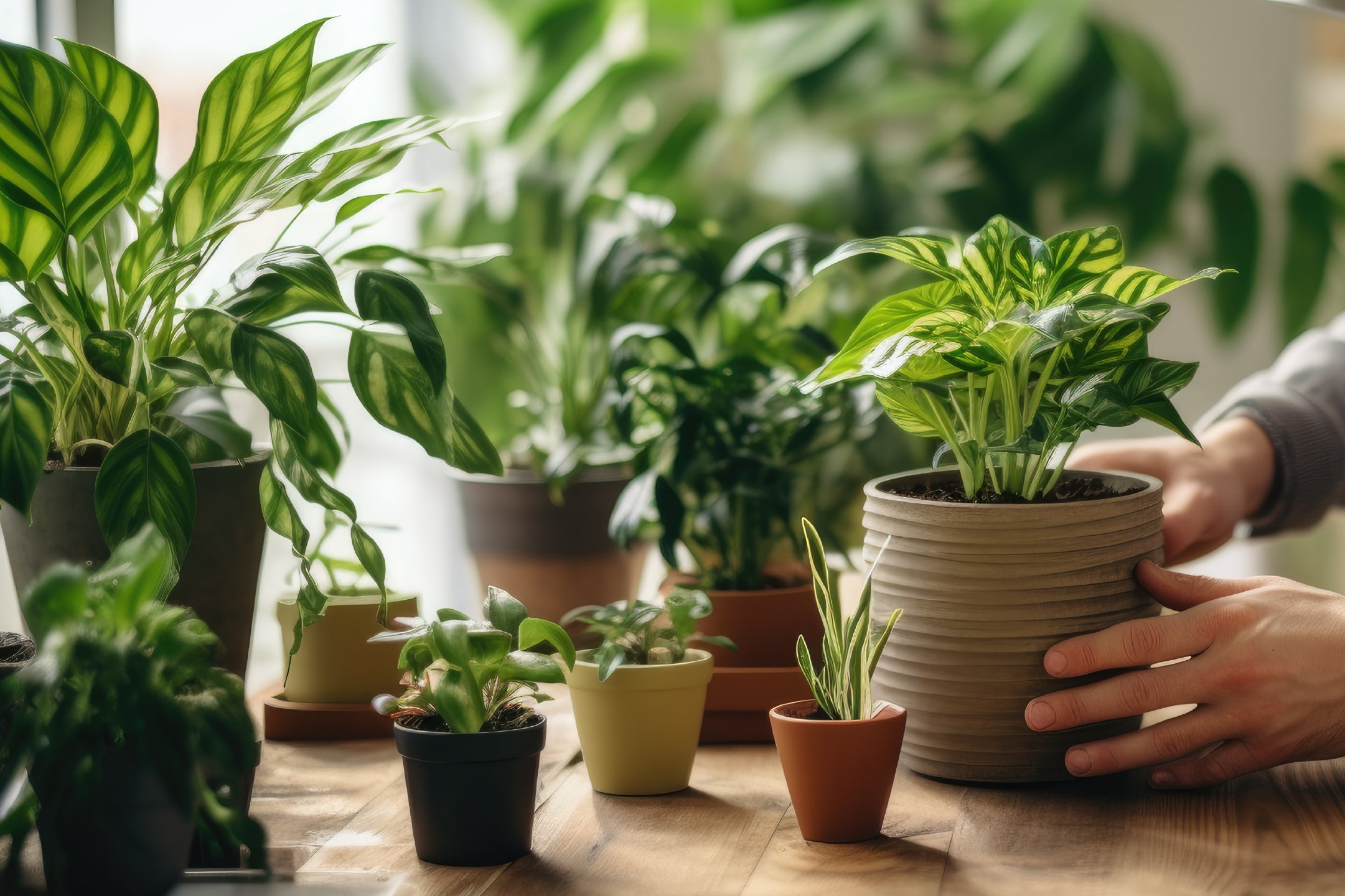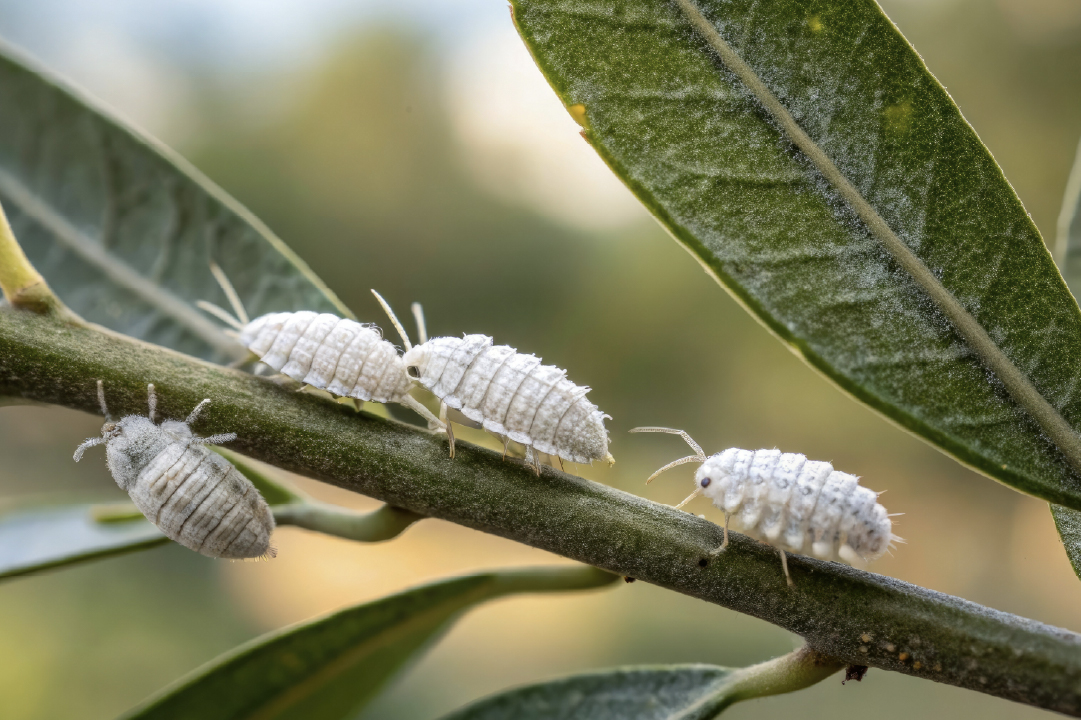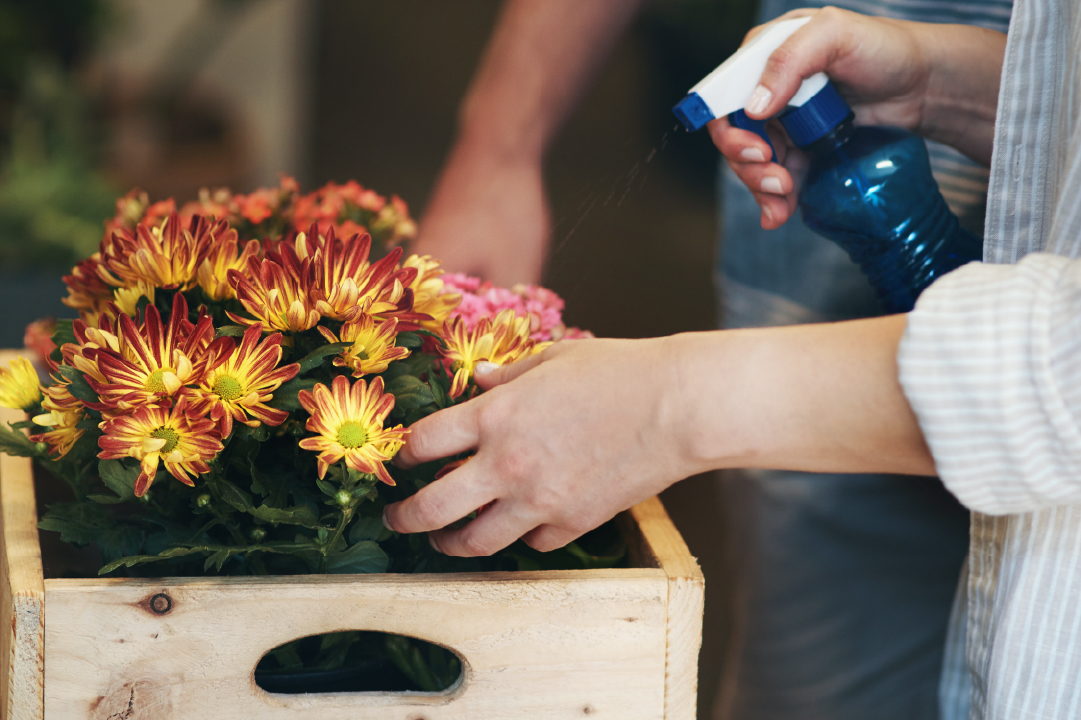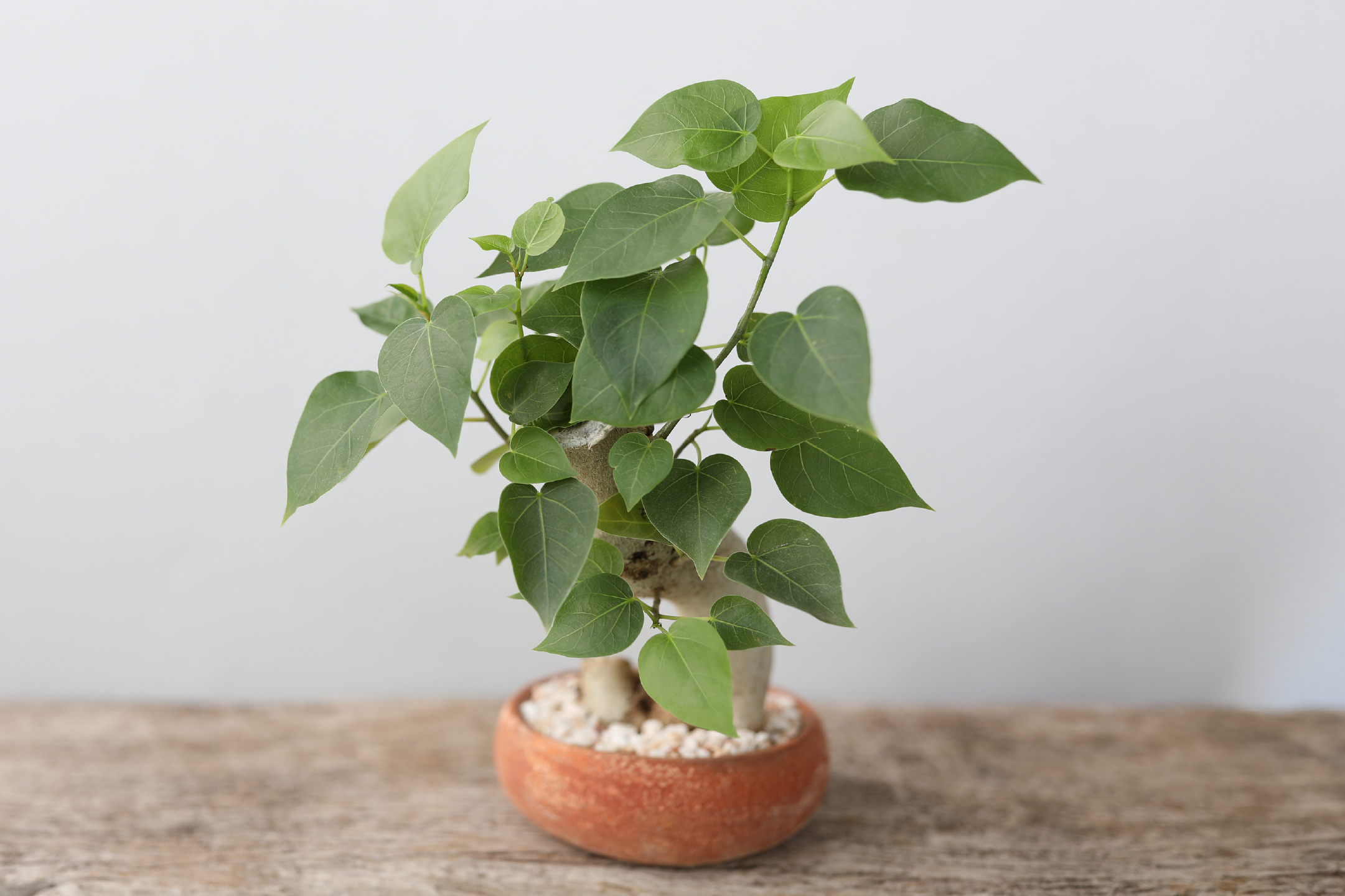
Mealybugs are among the most stubborn pests that plant lovers face. These tiny, cotton-like insects drain the vitality of plants, leaving them weak and prone to disease. If you’ve spotted fuzzy white spots on your plant’s stems or leaves, chances are you’re dealing with mealybugs on plants. But what causes these infestations, how do they harm your plants, and what are the most effective treatments? Here’s your comprehensive guide.
What are Mealybugs?
Mealybugs are small, soft-bodied insects covered with a white, waxy coating that gives them their distinctive cotton-like appearance. They belong to the family Pseudococcidae and are commonly found in warm, humid environments. These pests feed on plant sap by inserting their needle-like mouthparts into the plant’s vascular system. While feeding, they excrete a sugary substance known as honeydew, which attracts ants and promotes the growth of black sooty mold. You’ll often spot mealybugs hiding in leaf axils, undersides of leaves, and along stems. Their ability to reproduce rapidly makes them a formidable pest for both indoor and outdoor plants. Mealybugs are not picky and will infest a variety of plants, from ornamental houseplants to fruit trees and vegetables.
What Causes Mealybugs on Plants?
Mealybugs thrive in warm, humid conditions and are often attracted to plants under stress. Common causes include:
- Overwatering and poor drainage.
- High humidity and low air circulation.
- Overcrowded plants.
- Introducing new, already-infested plants into your home or garden.
- Lack of regular plant inspections and neglect.

How Mealybugs Damage Your Plants
Mealybugs suck sap from the plant, causing:
- Yellowing, wilting, and curling leaves.
- Stunted growth and branch dieback.
- Sticky honeydew deposits that attract ants and promote black sooty mold.
- Severe infestations may even kill the plant.

How to Identify Mealybugs
- White, cotton-like clusters on stems, leaf joints, and undersides of leaves.
- Sticky, shiny residue (honeydew).
- Black sooty mold.
- Distorted new growth.
Best Treatment Solutions for Mealybugs on Plants
1. Manual Removal
- Use a cotton swab dipped in rubbing alcohol to wipe mealybugs off stems and leaves.
- Prune heavily infested parts.
2. Neem Oil Spray
- Spray neem oil weekly as a natural treatment.
- Safe for indoor plants and edible crops.

3. Insecticidal Soap
- Apply insecticidal soap thoroughly to affected areas.
- Repeat every few days until the infestation is under control.
4. Chemical Treatments (Last Resort)
- Use systemic insecticides for severe infestations, following safety guidelines.
5. Natural Predators
- Release ladybugs, lacewings, or parasitic wasps to naturally control mealybugs.
How to Prevent Mealybugs on Plants
- Inspect plants regularly, especially new additions.
- Avoid overwatering and ensure good drainage.
- Maintain proper spacing for airflow.
- Clean garden tools and pots.
- Use preventive sprays like DeHaat Bageecha Health 360.
Conclusion

Mealybugs on plants can be a frustrating issue, but with timely detection and consistent care, you can overcome infestations and restore plant health. By using natural remedies, maintaining good plant hygiene, and preventing stress in your plants, you’ll create a garden environment that is far less inviting to these pests. Don’t forget, prevention is always better than cure — regular monitoring is key!
Protect Your Plants Naturally with DeHaat Bageecha Health 360
Looking for a reliable, plant-safe solution? DeHaat Bageecha Health 360 is an all-natural, chemical-free pest control spray perfect for indoor and outdoor use.
Benefits of Health 360:
- 100% plant-based and safe.
- Effective against mealybugs, aphids, and more.
- Easy to apply with no harmful residue.
- Encourages strong, healthy plant growth.
Give your plants the natural protection they deserve with DeHaat Bageecha Health 360 — because healthy plants mean a happy home!
FAQs
1. What are mealybugs, and where do they come from?
Mealybugs are sap-sucking insects that arrive via new plants, contaminated soil, or garden tools. They thrive in warm, humid spaces.
2. How do I confirm if my plants have mealybugs?
Look for fuzzy white clusters, sticky honeydew, black mold patches, and twisted new growth.
3. Can mealybugs kill my plants?
Yes. Persistent infestations can cause severe damage, stunted growth, or even plant death.
4. What’s the best organic remedy for mealybugs on plants?
Neem oil, insecticidal soap, and rubbing alcohol work well. Introducing natural predators like ladybugs also helps.
5. How do I ensure mealybugs don’t return?
Regular inspections, balanced watering, and using preventive measures like DeHaat Bageecha Health 360 are essential.
6. Can I use neem oil on delicate indoor plants?
Absolutely! Neem oil is gentle yet effective and safe for use indoors.
7. Are chemical pesticides safe for home plants?
They can be, but use them only as a last resort. Organic solutions are safer for pets and humans.
8. How long does it take to get rid of mealybugs?
With consistent treatment, noticeable improvement can be seen in 2-4 weeks. Large infestations may take longer.
9. Do mealybugs affect flowering plants?
Yes, mealybugs can damage buds and flowers, causing them to drop prematurely.
10. Are mealybugs seasonal?
They are more common in spring and summer when conditions are warm and plants are actively growing.



